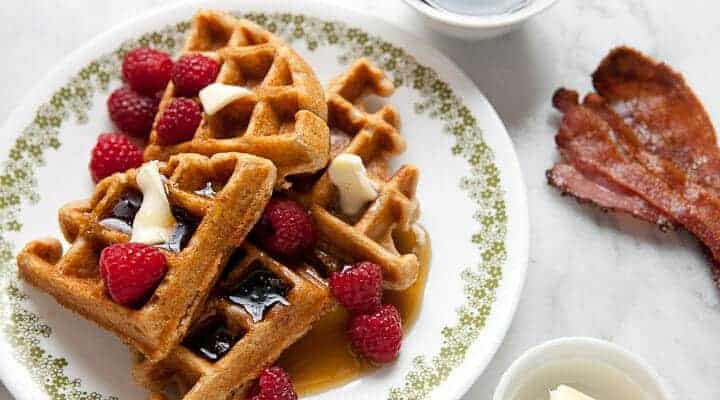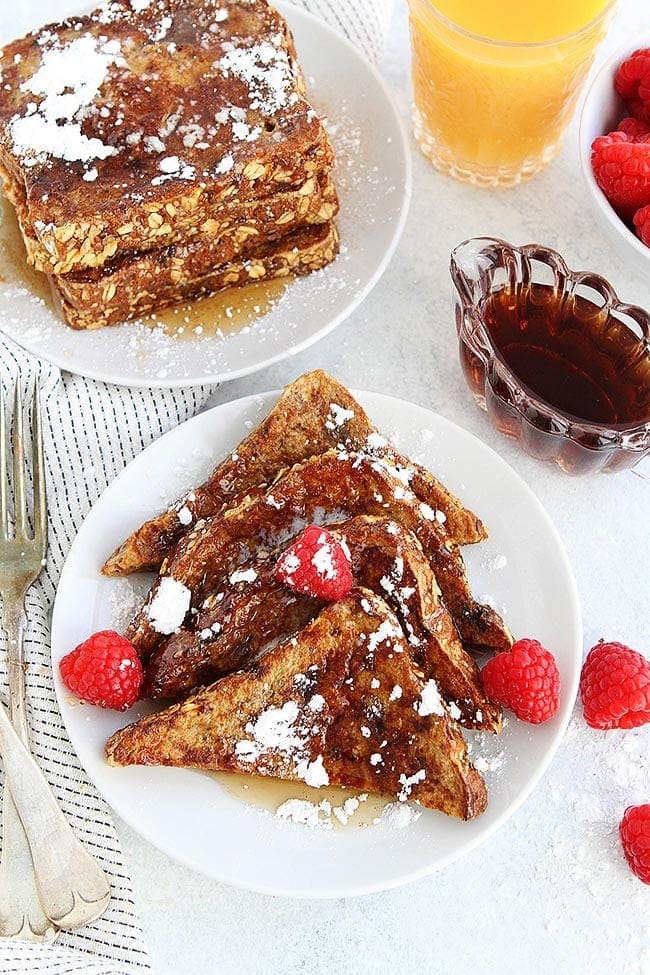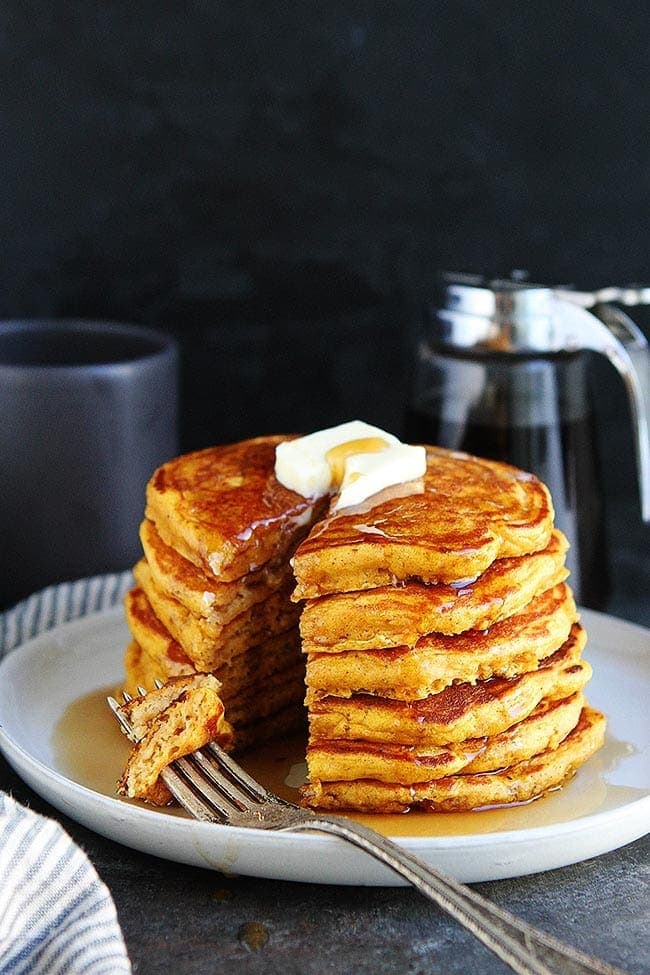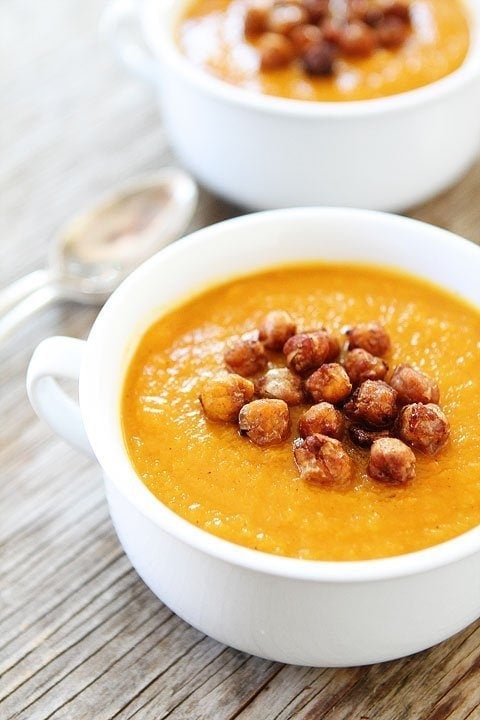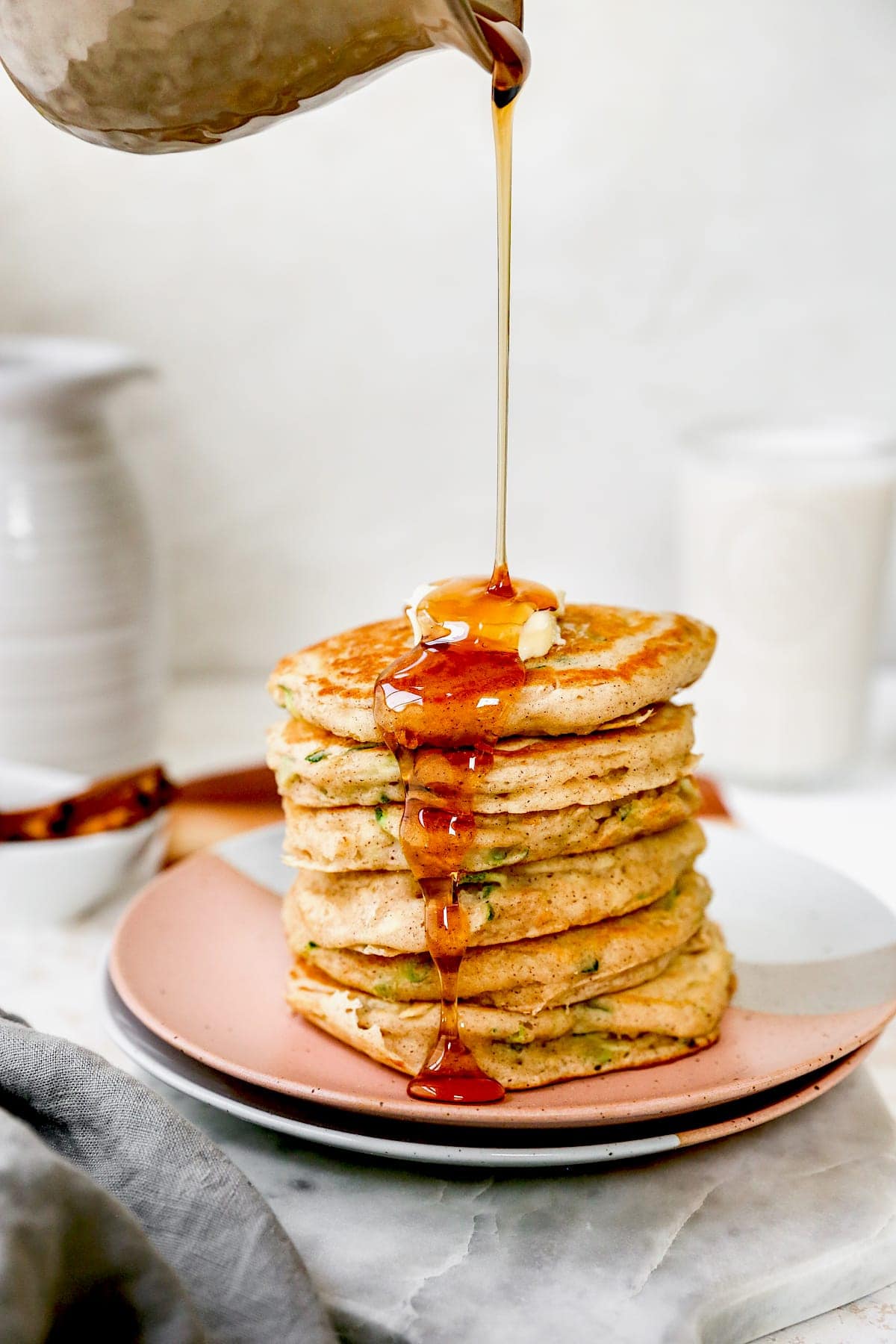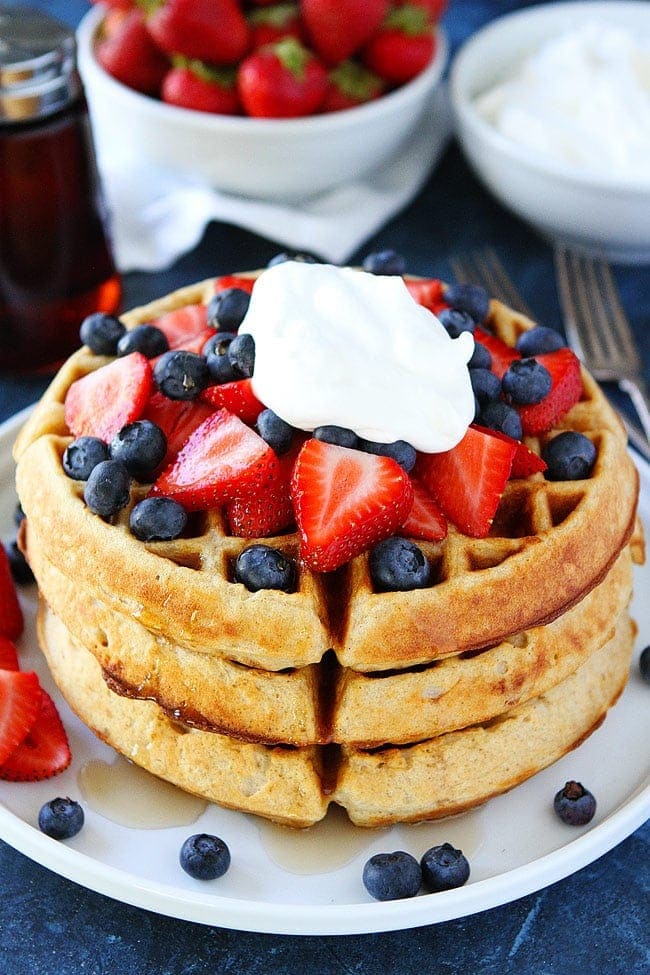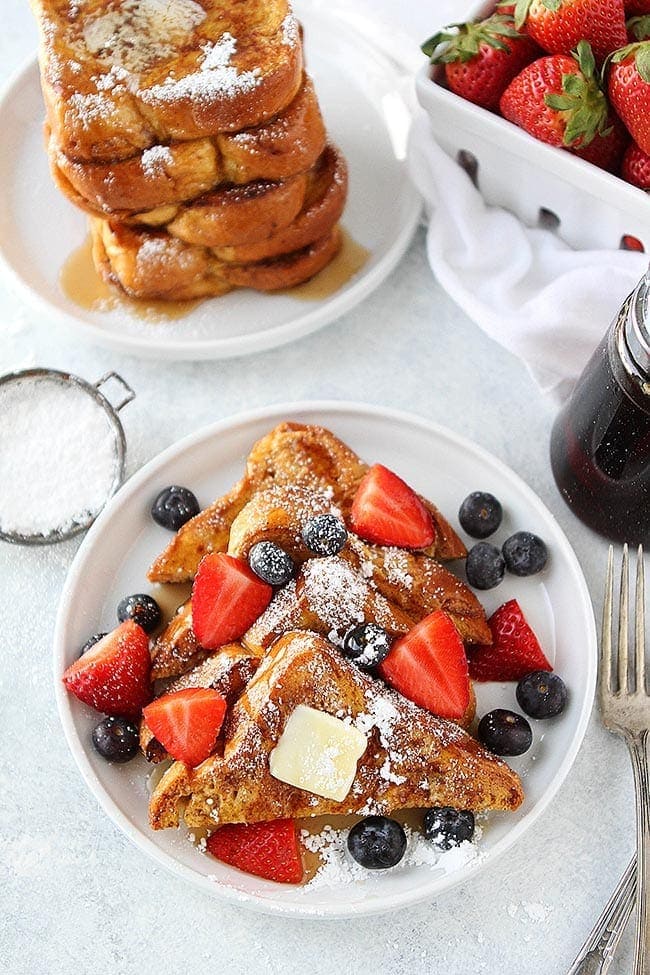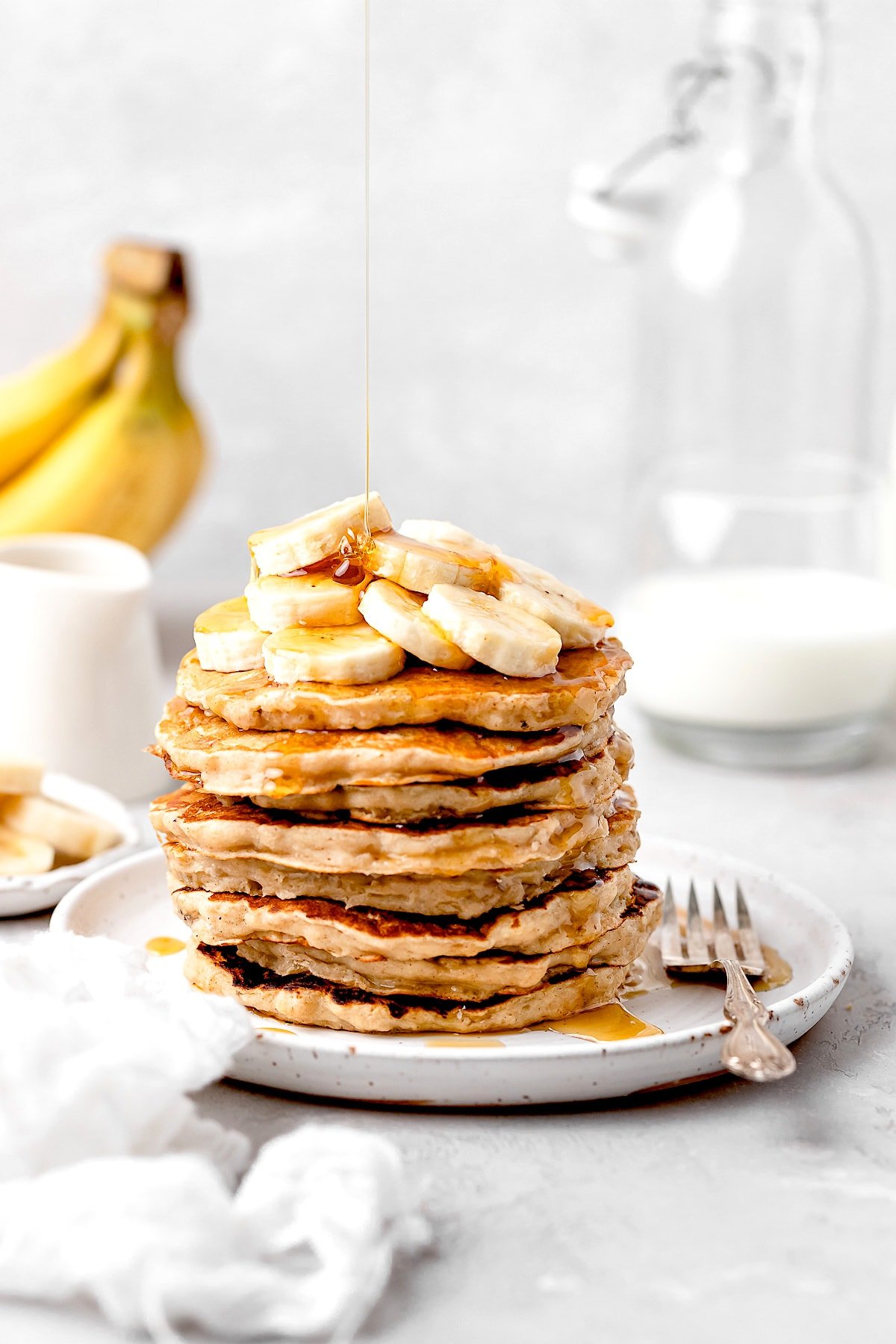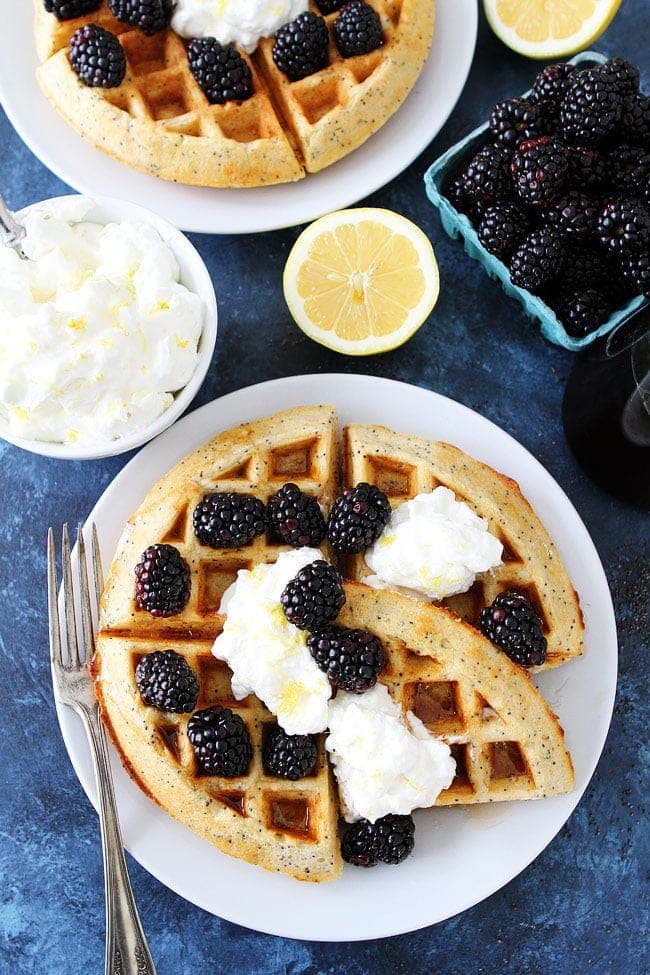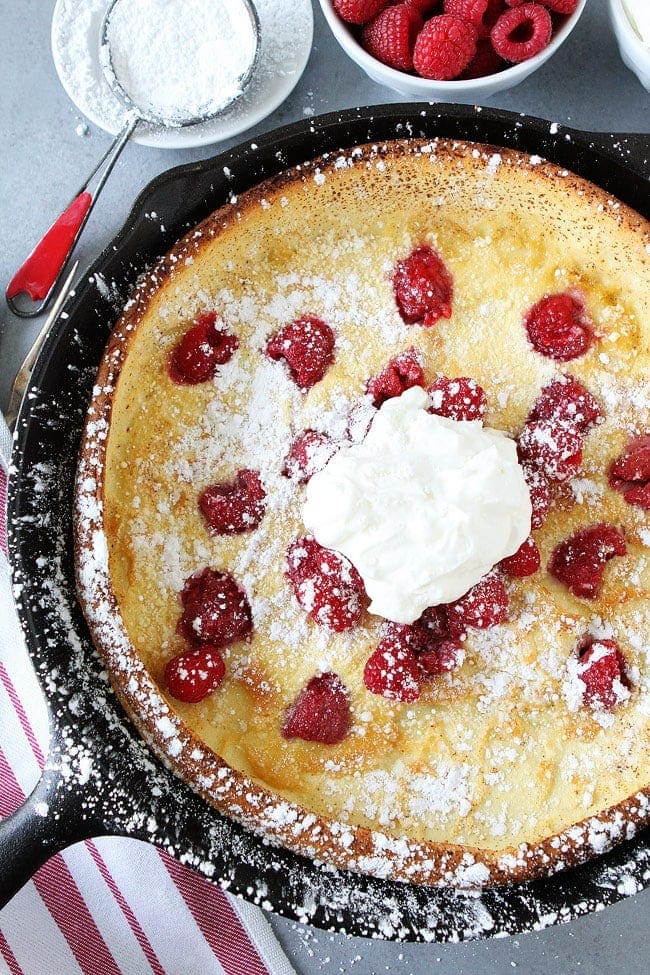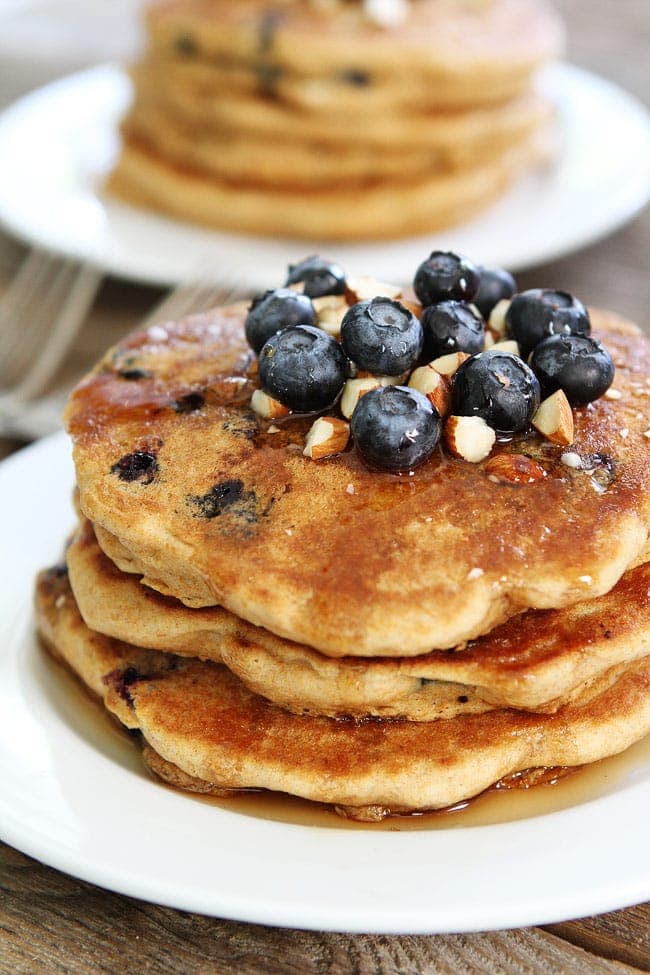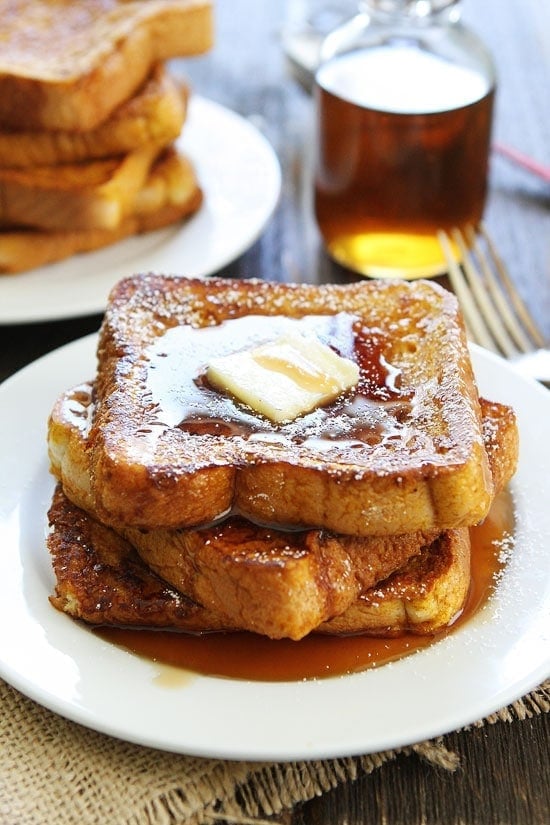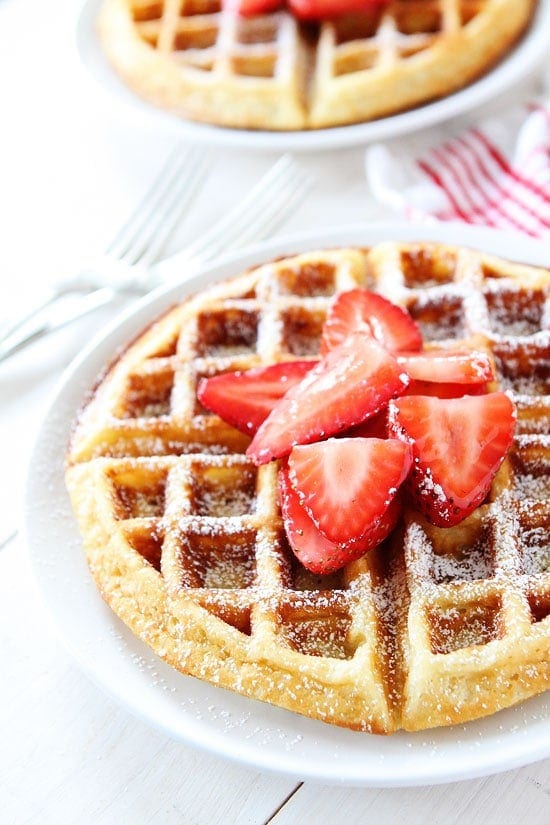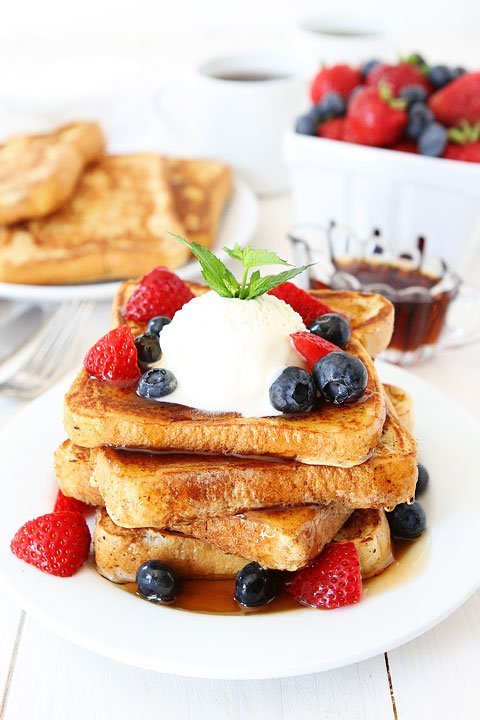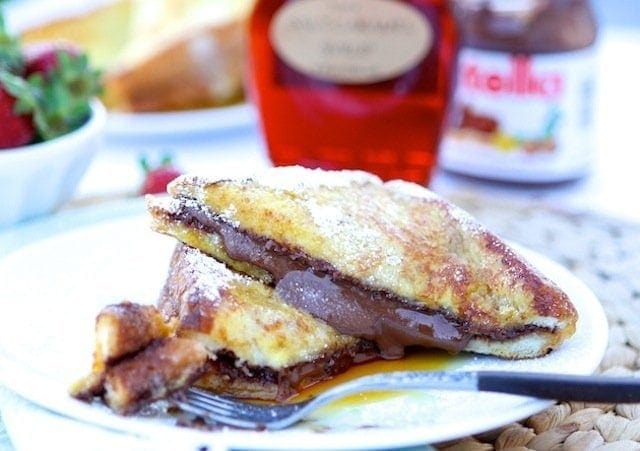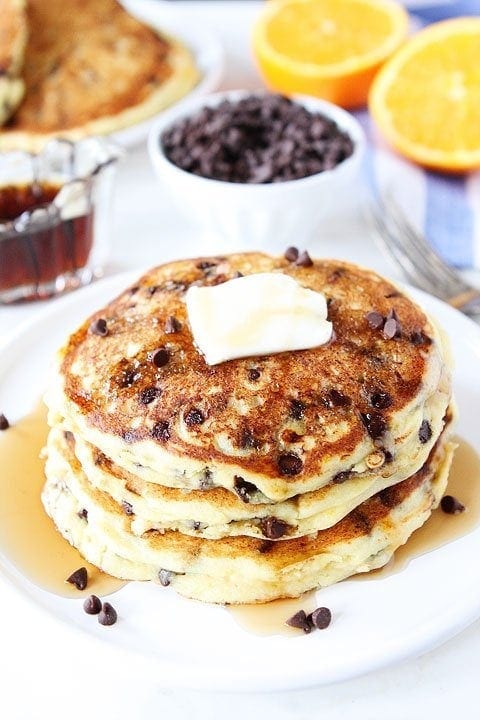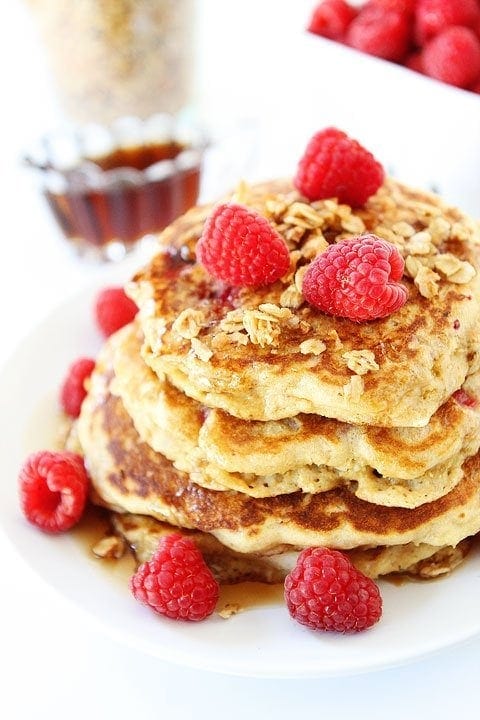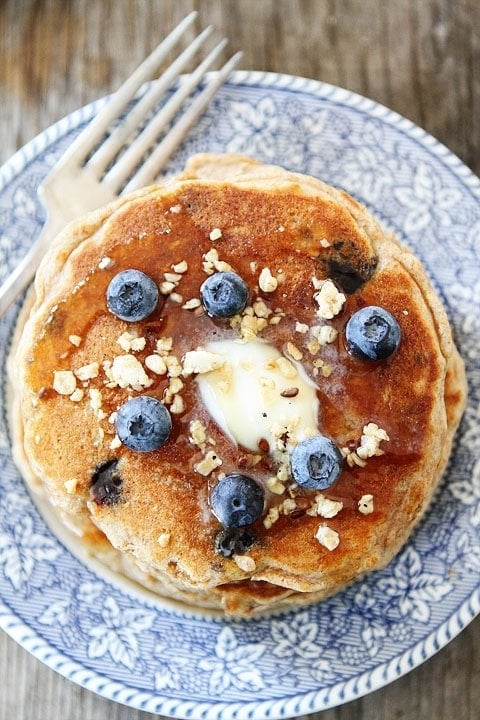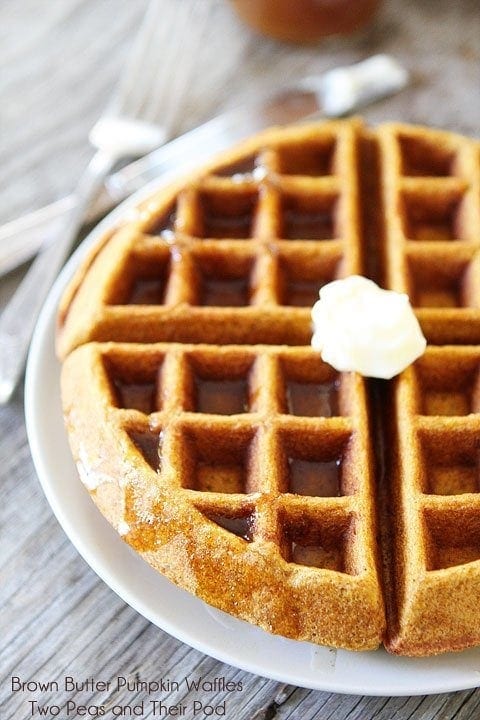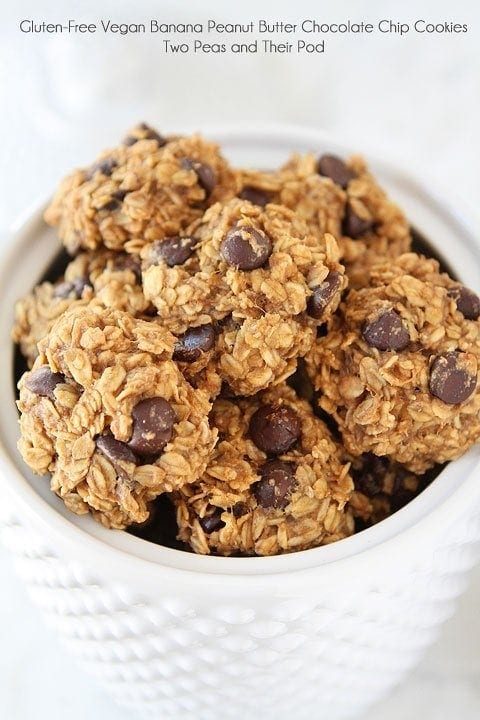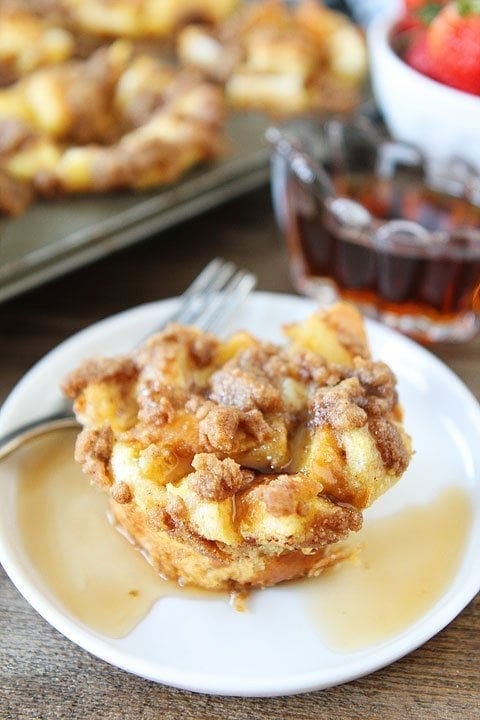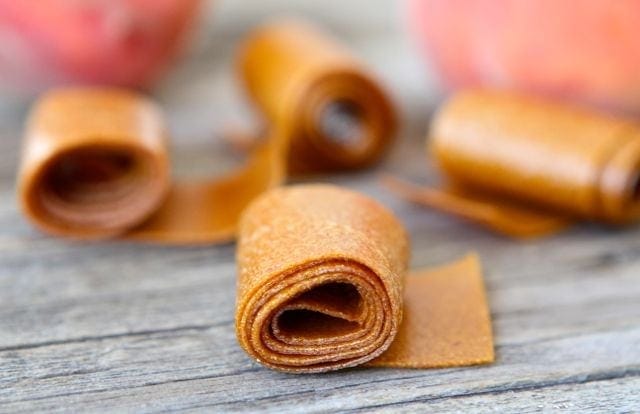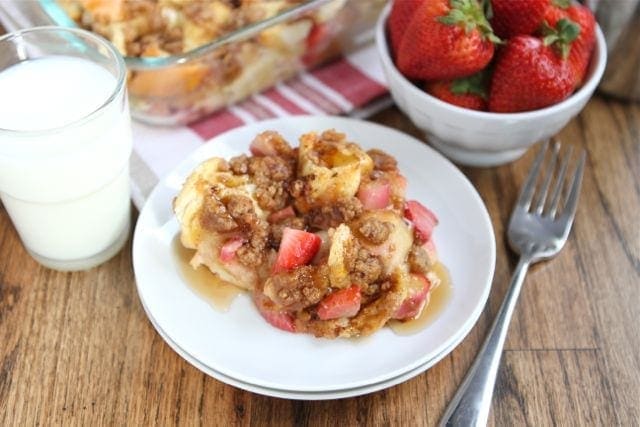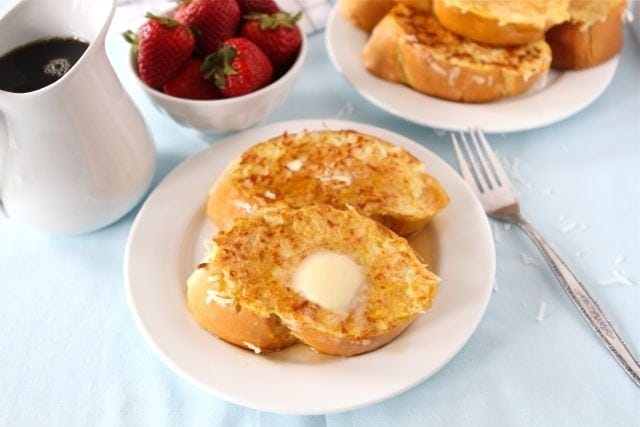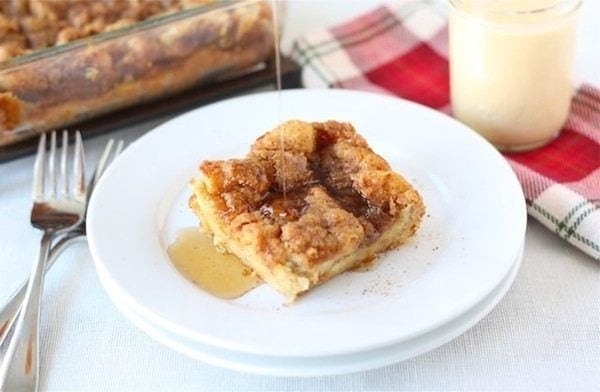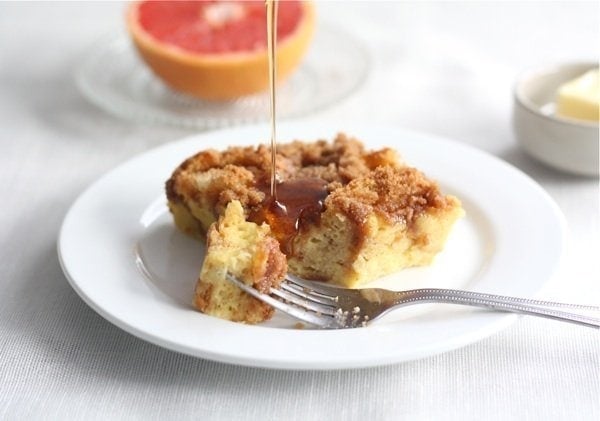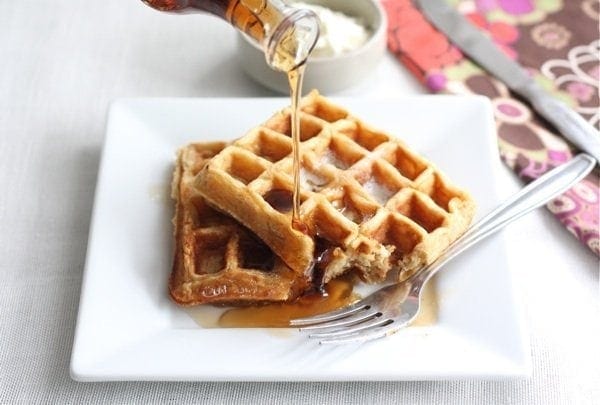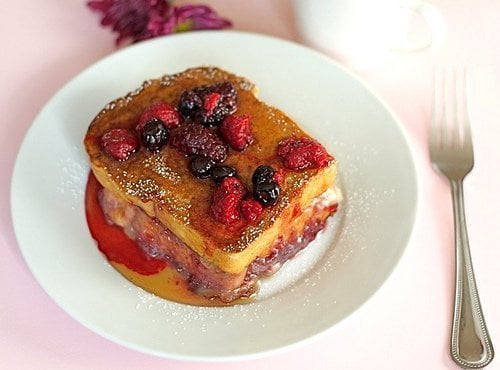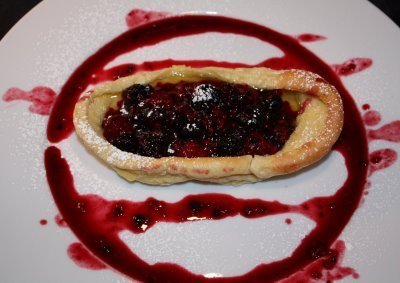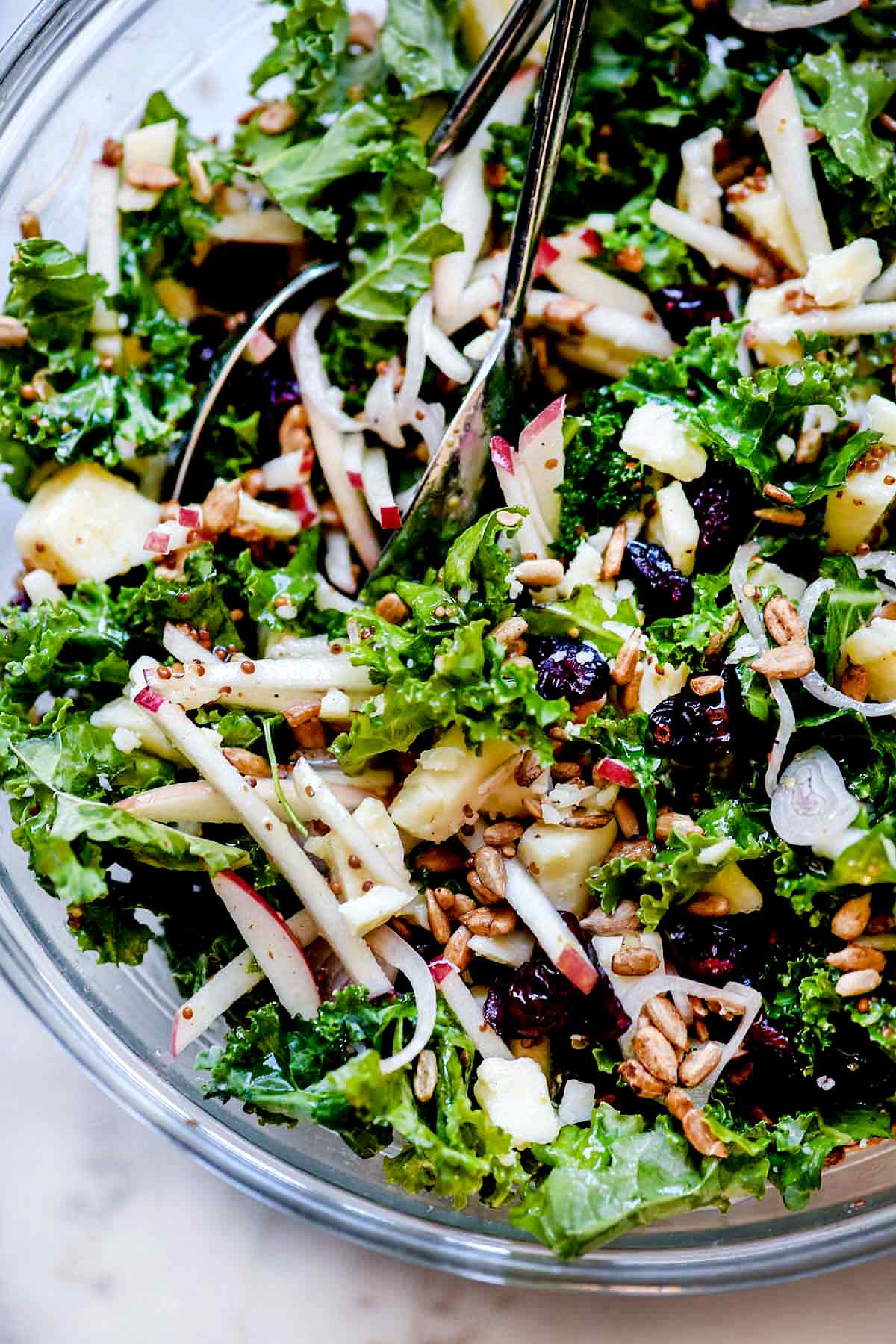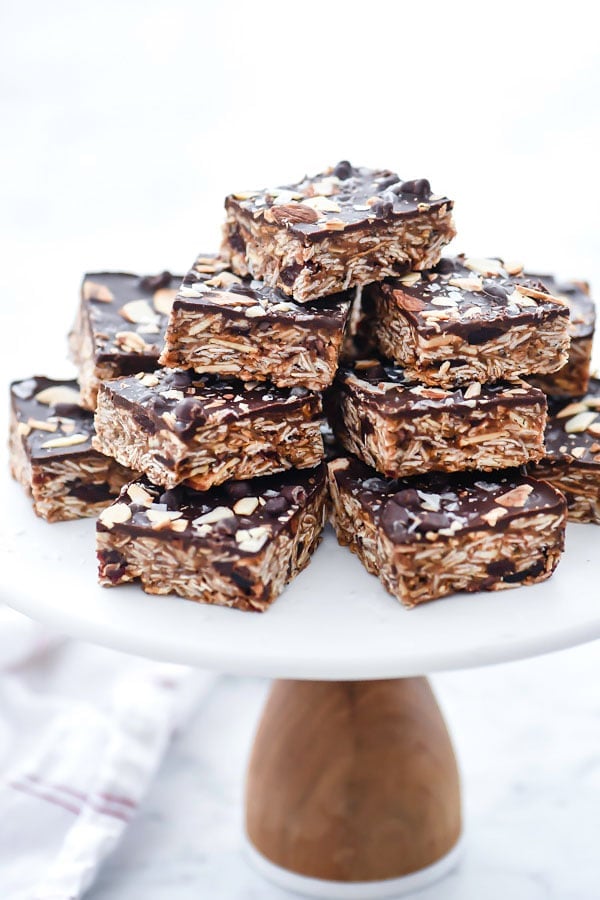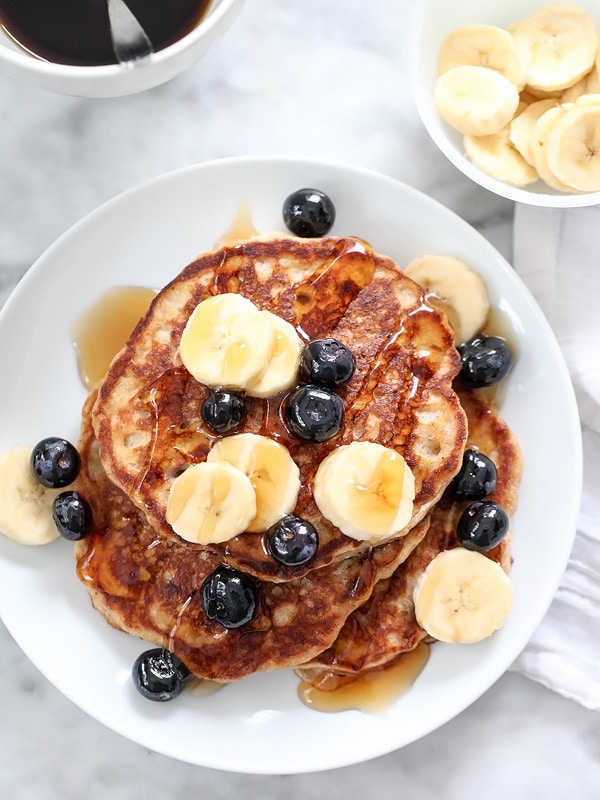Maple Syrup: Important Facts, Health Benefits, and Recipes
Explore the world of maple syrup with our ultimate guide, covering its history, health benefits, types, and creative uses in cooking and baking.
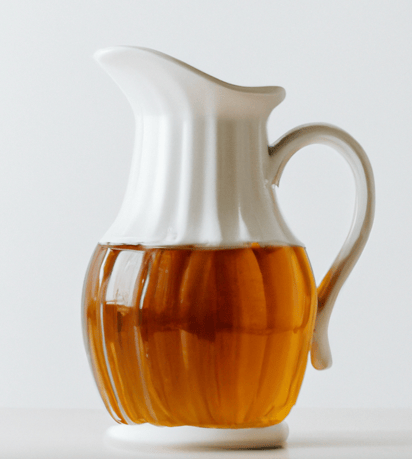
Nutritional Facts
1 tbsp
Amount per serving
Calories
52
Carbohydrates
13.4 g
Fat
0 g
Protein
0 g
Saturated Fat
0 g
Sodium
2.4 mg
Fiber
0 g
Sugar
12.1 g
Best Maple Syrup Recipes
-
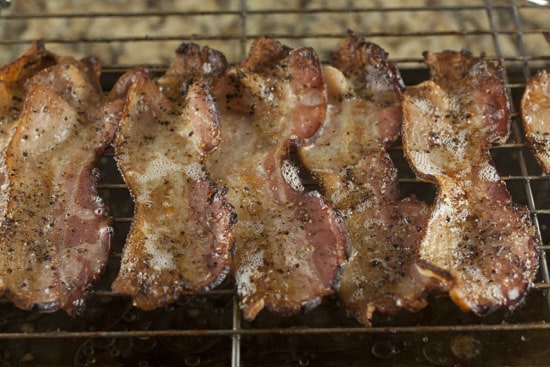
-
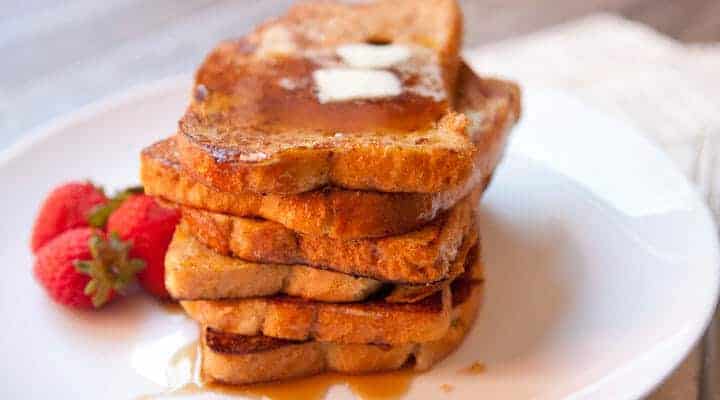
-
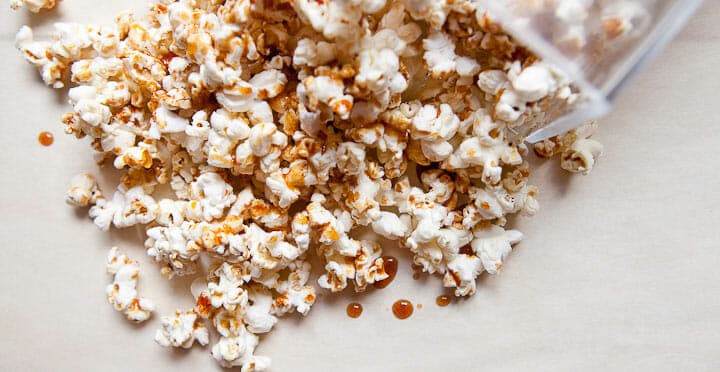
-
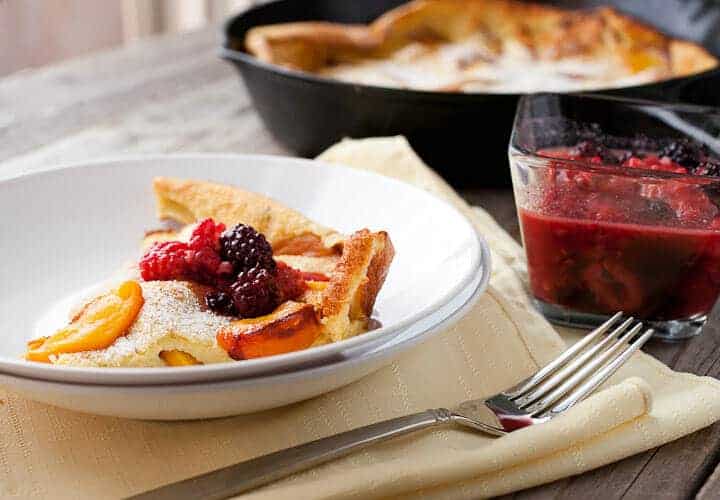
-
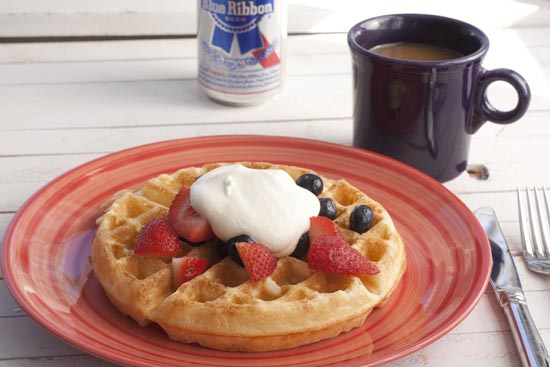
-
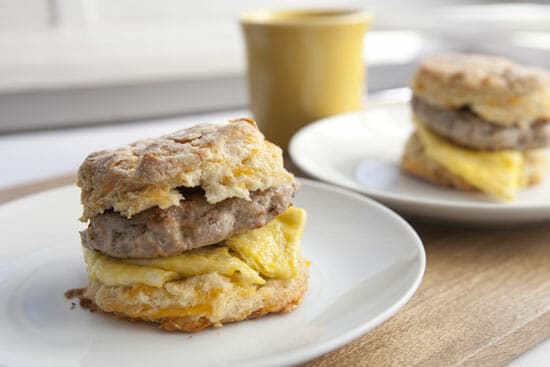
-
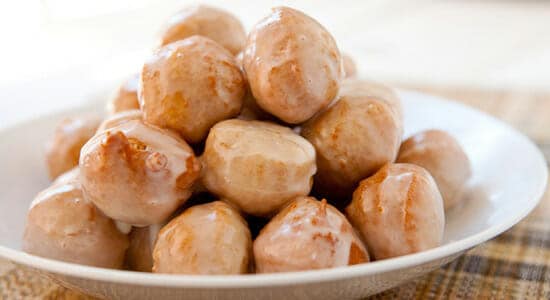
-
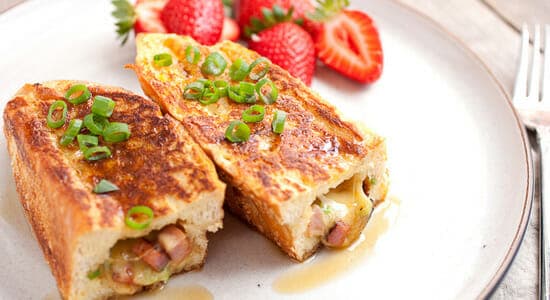
-
![Savory Grits Bar Image]()
-
![Jameson French Toast Image]()
-
![Cloud Cakes Image]()
-
![Basic Buttermilk Waffles Image]()
-
![Cinnamon Raisin French Toast Image]()
-
![Pumpkin Pancakes Image]()
-
![Slow Cooker Butternut Squash Soup with Maple Roasted Chickpeas Image]()
-
![Zucchini Pancakes Image]()
-
![Belgian Waffles Image]()
-
![Classic French Toast Image]()
-
![Banana Pancakes Image]()
-
![Lemon Poppy Seed Waffles Image]()
-
![Raspberry Dutch Baby Image]()
-
![Blueberry Almond Pancakes Image]()
-
![Pumpkin French Toast Image]()
-
![Yeasted Belgian Waffles Image]()
-
![Ice Cream French Toast Image]()
-
![Nutella Stuffed French Toast Image]()
-
![Orange Ricotta Chocolate Chip Pancakes Image]()
-
![Raspberry Coconut Granola Pancakes Image]()
-
![Whole Wheat Blueberry Granola Pancakes Image]()
-
![Pumpkin Waffles Image]()
-
![Gluten-Free Vegan Banana Peanut Butter Chocolate Chip Cookies Image]()
-
![Baked French Toast Muffins Image]()
-
![Homemade Fruit Leather Image]()
-
![Peaches and Cream Stuffed French Toast Image]()
-
![Strawberry Rhubarb Baked French Toast Image]()
-
![Coconut Crusted French Toast Image]()
-
![Baked Eggnog French Toast Image]()
-
![Whole Wheat Raspberry & Mango Pancakes Image]()
-
![Cinnamon Baked French Toast Image]()
-
![Honey Yogurt Waffles Image]()
-
![Stuffed French Toast with Brie and Berries Recipe Image]()
-
![Oven Berry Pancakes Image]()
-
![Kale Salad with Cranberries, Apple, and Cheddar Cheese Image]()
-
![Roasted Brussel Sprouts with Pancetta Image]()
-
![Spiralized Butternut Squash and Apple Salad with Turkey Image]()
-
![No-Bake Cookie Bars with Chocolate, Cherries and Chia Seeds Image]()
-
![Shaved Brussels Sprouts Salad With Roasted Beets, Pecans and Goat Cheese Image]()
-
![The Best Banana Bread Pancakes Image]()





